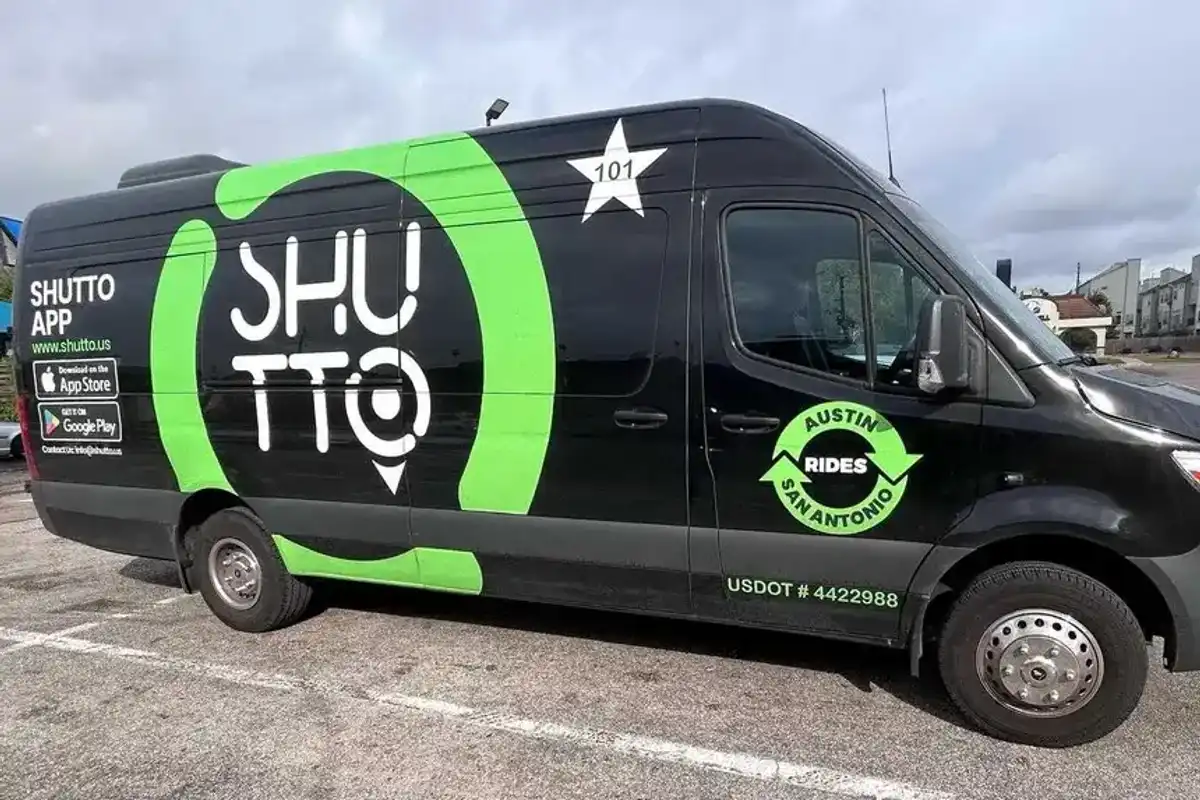One way to evaluate a city's innovation ecosystem is by the number of successful exits they've had. From startups being acquired by big companies to bringing in a private equity partner, exits can put a city on the map.
Houston has quite a few exits under its belt, and some of those entrepreneurs have stayed in town to fund future success stories. At Houston Exponential's second annual HX Capital Summit, four entrepreneurs discussed their exits, providing key lessons learned for entrepreneurs.
Houston has some perks.
One thing moderator Samantha Lewis, director at the GOOSE Society of Texas, asked each panelist was what made each entrepreneur start their companies in Houston — and furthermore, what made them stay here after their successful exit.
Panelist Ashok Gowda co-founded and served as COO at Visualase Inc., a real-time tissue monitoring system that exited to Medtronic for over $100 million. He now leads Biotex, a Houston-based medical technology investment firm and accelerator, as president and CEO.
For Gowda, Houston was obviously a key market for med tech, but it provided something even more once he reached the commercialization phase of a product.
"From a commercial standpoint, once the technology became commercial, it was an ideal location," Gowda says. "We were traveling all across the US, and it was a nice hub. We're right in the center of the country, and you can get to either coast very quickly."
The panel also agreed that the quality of life in Houston played a major role in settling down.
You might need to rethink your executive team.
The panel full of venture capitalists of course touched on the ability to fundraise in Houston, as each panelist had been on both sides of the table. For Gowda, it's pretty simple.
"If you're struggling to raise money, you either have a bad idea or the wrong team," he says, adding that if you really believe in your idea, take a good hard look at who's at the leadership level of your team.
Talent is still a challenge in Houston.
Of course, if you do identify a problem within your team, finding the right leader for your technology might be difficult in Houston.
Keith Kreuer, who was also on the panel, is principal at RedHouse Associates, a group of angel investors that invest like a find would, but without having a fund. Between Kreuer and his team, they were involved in 10 startups before forming the investment group.
"We could find developer and sales talent here, but to get to that higher executive talent, we had to go out to other places," Kreuer says.
However, not all of the panelists agreed that talent was a major challenge they faced. Some noted that they got lucky with the talent they found.
Don Kendall, CEO of Kenmont Capital Partners, came to Houston to run a power company and family office. He turned $100,000 into $1.6 billion and now is a member of GOOSE.
"We had no problem getting the engineering talent," Kendall says. "We really found Houston to be a good environment, and it's only just continued to improve."
Playing to Houston's strengths might be key to success.
For Gray Hall, managing director at Austin-based BuildGroup, which focuses on writing big checks to a small amount of software startups, he knew how to play to his company's and Houston's strengths.
Hall previously served as CEO of AlertLogic, which had a private equity exit in 2013, and Hall stayed on until 2018 as the company continued to grow. He also co-founded Veracenter, which had a strategic exit after growing to $80 million in annual revenue.
"The common theme across both companies and why we were able to grow is real simple: Customer and people," Hall says.
Houston might be one of the country's best kept secrets when it comes to midmarket activity, Hall notes — midmarket companies being defined as those with $50 million to $1 billion in revenue.
"What Houston doesn't get enough credit for is the midmarket in Houston, which I think is tremendous," Hall says. "It's as strong as anywhere else in the country."
AlertLogic was able to tap into this midmarket to quickly grow its client base.
Something else that differentiates Houston from other cities is its culture, which is less focused on the glitz and glam and more focused on hard work.
"Engage with people that have a credible story and a credible plan to solve a problem," he says.
Houston is growing.
One thing each of the entrepreneurs agreed on is that the city is only growing its resources and quality of startups.
"I see Houston as sort of a startup in the startup world," Kreuer says. "And, what we're trying to do is grow and catch up to the West Coast and the East Coast, but I think Texas as a whole is going to be pretty powerful, and Houston is going to be a central part of that mainly because we have the markets here, and the people in the area and the talent to do that."
As Houston's success stories become more frequent, this provides an avenue for more entrepreneurs turned investors.
"When you've done it before, you've learned the lessons, and you feel like you can do it again and again," Gowda says. "That's what we're trying to do. You see all the possibilities here."





